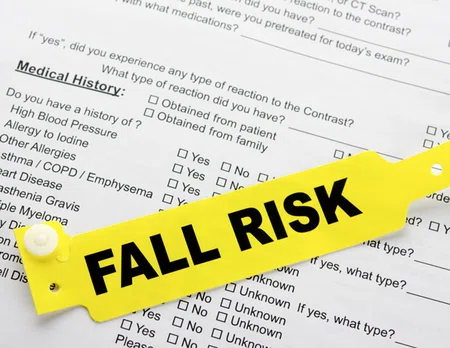

In this
issue

WELCOME
NURSING SCIENCE

Developing the Art of Nursing

Late-afternoon communication and patient planning (CAPP) rounds: an intervention to allow early patient discharges
EDUCATION
PRACTICE

Providing Age-Friendly Care through “What Matters Most”

Preventing Burnout through Self-Care and Self-Awareness
PROFESSIONAL DEVELOPMENT
FROM OUR TEAMS

Improving Critical Thinking, Listening, and Communication Skills for The Patient Care Assistant

DiscoveRN UAA Spotlight: Bertha Jones

ABOUT DISCOVERN
Contact us at CNREPHelp@houstonmethodist.org
Questions or comments?
© 2023. Houston Methodist, Houston, TX. All rights reserved.
NURSING SCIENCE
Late-afternoon communication and patient planning (CAPP) rounds: an intervention to allow early patient discharges
Article Critique by Valentine Ibe, BSN, RN, MEDSURG-BC; Nurse Science Fellow
Article Critique by Valentine Ibe, BSN, RN, MEDSURG-BC; Nurse Science Fellow

Title:
Late-afternoon communication and patient planning (CAPP) rounds: an intervention to allow early patient dischargesPublished: September 2020
Level of Evidence: Level B
What was the purpose?
The purpose is to measure the effect of late-afternoon communication and patient planning (CAPP) rounds to increase early electronic discharge orders (EDO).
What was the population studied?
The study population was patients admitted to six inpatient adult medical units in an academic hospital.
Was the setting comparable to Houston Methodist? Were the nurses like our nurses?
Yes, the setting was a 330-bed academic hospital with medical units similar to some medical departments within Houston Methodist. These units serve the adult population with subspecialty services, including general medicine, infectious diseases, gastroenterology, pulmonary and nephrology.
Did they use appropriate methods?
Kher et al. (2020) was a quality improvement intervention project. The project was well-designed and controlled, and the results were consistent with the intervention implemented. The project utilizes two intervention periods and two nonintervention periods for result comparison. The intervention was an additional late-afternoon CAPP round to identify patients suitable for early discharge orders before 11 a.m. the following day.
What were their findings?
At the study's conclusion, there were 4,485 discharged patients in the studied units during the intervention and nonintervention periods.
The study's primary outcome was that the percentage of all discharges with an electronic discharge order by 11 a.m. was significantly higher in both intervention periods compared to nonintervention periods (28.9% vs. 21.8%, P < 0.001). Similarly, the percentage of all patients with discharge orders by noon was higher in the intervention units (17% vs. 11.8%, P < 0.001). Additional study outcomes, such as length of stay and readmission rates, were statistically similar in both intervention and control periods.
Do their findings make sense?
The findings make a lot of sense. Late afternoon rounds were extremely helpful in identifying and removing barriers to early discharges the next day.
How did things change?
The findings confirm the importance of early identification of possible next-day discharges. However, further studies are needed as this study was conducted only in a single academic hospital; hence, the result may not be the same in community or nonacademic hospitals.
How is this important for nursing?
Early patient discharges are critical in reducing emergency department (ED) boarding time, improving patient satisfaction, and improving hospital throughput.
Read the full article ›
Reference:









